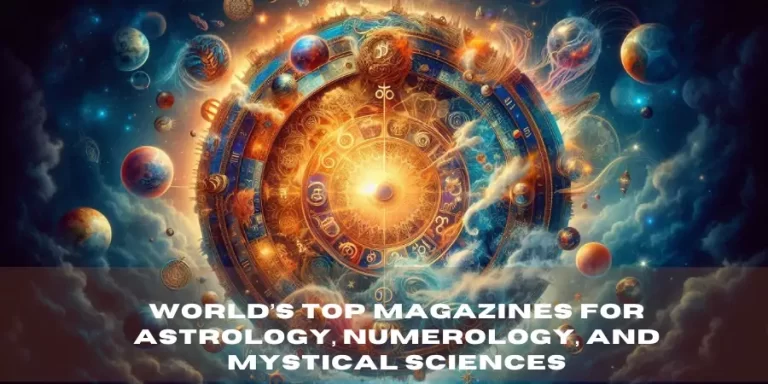Broadcast media tours are essential tools in the world of public relations, offering a unique and effective way to reach broad audiences through various media channels. They allow organizations to deliver their messages directly to the public in a structured and engaging format. This article delves into the different types of broadcast media tours, including Satellite Media Tours (SMT), Radio Media Tours (RMT), and Virtual Media Tours (VMT), explaining their purposes, processes, and benefits.
What is a Broadcast Media Tour?
A broadcast media tour is a coordinated effort where an organization arranges interviews with multiple media outlets to promote a particular message, product, service, or event. These tours are designed to maximize media exposure within a short time frame, leveraging the power of TV, radio, and online platforms.
Satellite Media Tour (SMT)
Definition and Purpose
A Satellite Media Tour (SMT) involves conducting interviews with multiple television stations via satellite from a single location. This allows spokespersons to appear on different TV programs across various markets without having to travel.
Process
- Planning: The process begins with selecting a suitable spokesperson, defining key messages, and identifying target markets and TV stations.
- Booking: Media outlets are contacted to schedule interviews. The time slots are arranged to ensure seamless transitions between interviews.
- Execution: On the day of the tour, the spokesperson is stationed at a broadcast studio equipped with satellite technology. They conduct back-to-back interviews with different TV stations.
- Post-Tour Analysis: After the SMT, the reach and impact of the interviews are evaluated, often using metrics like audience numbers and engagement levels.
Benefits
- Widespread Reach: SMTs can reach a large, geographically diverse audience in a short period.
- Cost-Effective: They eliminate the need for extensive travel, saving time and money.
- Control Over Messaging: Conducting interviews from a controlled environment ensures that the message is delivered consistently.
Radio Media Tour (RMT)
Definition and Purpose
A Radio Media Tour (RMT) is similar to an SMT but focuses on radio stations. It involves a spokesperson conducting a series of interviews with radio hosts from a single location.
Process
- Planning: Identify key radio stations, shows, and hosts that align with the message. Develop a pitch and key talking points.
- Booking: Schedule interviews with targeted radio stations, often within a specific time frame to maintain momentum.
- Execution: On the day of the tour, the spokesperson conducts interviews over the phone or via ISDN lines, reaching different radio audiences.
- Post-Tour Analysis: Analyze the reach and impact of the interviews using metrics like listener numbers and audience feedback.
Benefits
- Targeted Reach: RMTs allow for precise targeting of specific demographics and geographic regions.
- Flexibility: Radio interviews can be conducted from virtually anywhere, offering great flexibility.
- Personal Connection: Radio often provides a more personal touch, fostering a stronger connection with the audience.
Virtual Media Tour (VMT)
Definition and Purpose
A Virtual Media Tour (VMT) is a modern adaptation of SMTs and RMTs, leveraging digital platforms to conduct interviews. This can include live streams, webinars, and online video interviews.
Process
- Planning: Identify key online platforms and influencers that align with the message. Develop a digital content strategy.
- Booking: Schedule virtual interviews and live sessions with targeted digital platforms and media outlets.
- Execution: Conduct the interviews using video conferencing tools or live streaming platforms, reaching a digital audience.
- Post-Tour Analysis: Evaluate the reach and impact of the virtual interviews using digital metrics like views, shares, and engagement.
Benefits
- Global Reach: VMTs can reach a worldwide audience without geographical limitations.
- Interactive Engagement: Digital platforms allow for real-time interaction with the audience, increasing engagement.
- Cost-Efficiency: VMTs eliminate travel costs and can be more affordable than traditional media tours.
Choosing the Right Media Tour
Selecting the appropriate type of media tour depends on various factors, including the target audience, message, budget, and desired reach. Here are some considerations:
- Target Audience: Identify where your audience consumes media. If they primarily watch TV, an SMT might be best. If they listen to radio, an RMT would be more effective. For a digitally-savvy audience, a VMT is ideal.
- Message: Consider the nature of your message. Visual content might benefit more from an SMT or VMT, while an RMT might be better for more conversational topics.
- Budget: Evaluate your budget constraints. VMTs are generally the most cost-effective, followed by RMTs and SMTs.
- Reach and Engagement: Determine the desired reach and level of engagement. VMTs offer the broadest reach and highest engagement potential, especially for interactive content.
Conclusion
Broadcast media tours are powerful tools for amplifying your message and reaching diverse audiences. Whether through Satellite Media Tours, Radio Media Tours, or Virtual Media Tours, each format offers unique benefits and can be tailored to fit your specific needs and goals. By understanding the distinct advantages of SMTs, RMTs, and VMTs, organizations can strategically plan and execute media tours that maximize impact and achieve their communication objectives.





